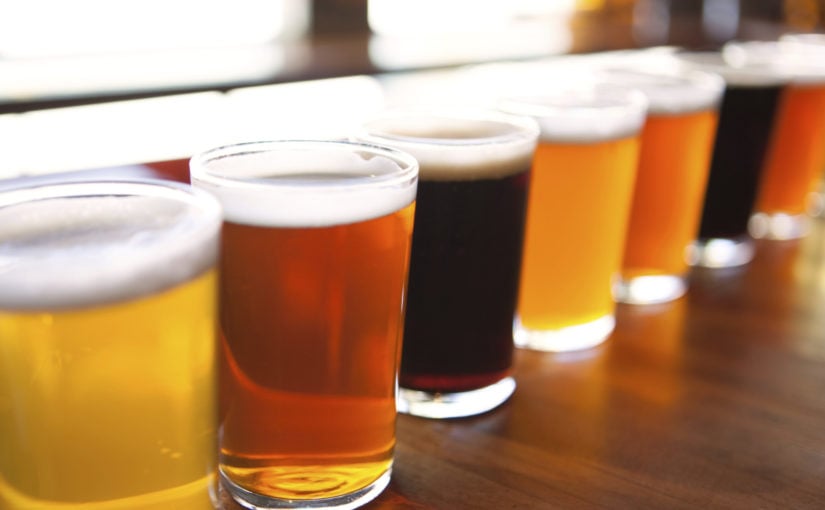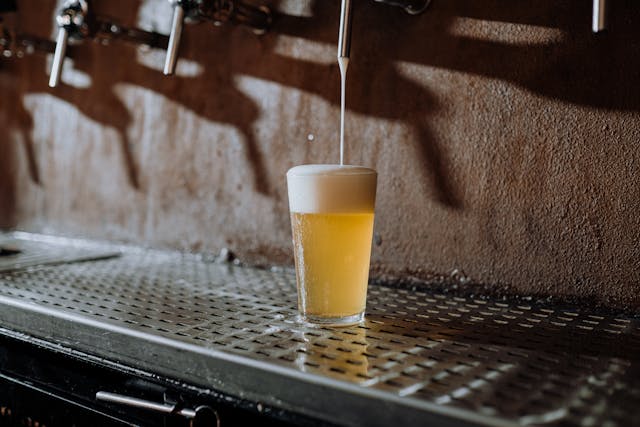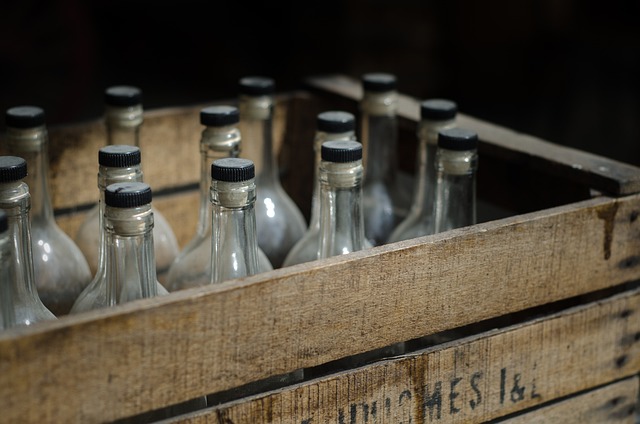Two of the most popular drinks in America are coffee and beer. We’re wild about them (although not usually both at the same time). At the most recent estimate the average American threw back 20.8 gallons of beer and 18.5 gallons of coffee every year, which is kind of insane. Now that doesn’t make America really any different than other countries on its own – unless you count all the tea-drinking countries, which I don’t. But there’s something else that seems to weirdly set the United States apart in its coffee and beer consumption: We aren’t just obsessed with coffee and beer; we’re obsessed with luxury coffee and beer.
Craft beer is the only part of the larger beer market that is actually still seeing growth in the U.S., and it continues to score new and bigger wins against the traditional American beer industry. Meanwhile, in coffee, cash-cows like Starbucks and the rise of fair trade coffee have long dwarfed some of the cheaper alternatives like Folgers and Maxwell House – and that entirely leaves out instant coffee. In fact, Americans are so fixated on artisan, high-quality coffee, that a few millennial entrepreneurs even tried to create a luxury alternative for instant coffee so they wouldn’t have to cope with the trauma of getting by on cheap instant coffee while living abroad.
The United States Versus Everyone Else
What makes this trend interesting is how it contrasts with much of the rest of the world. For those who drink coffee in many other parts of the world, the usual choice is instant coffee – generally some variety of Nescafe. Instant coffee sales are booming around the world, with products that people are only barely conscious of at all in the U.S. We don’t realize we’re sticklers for luxury coffee – to us it’s just coffee.
The same thing goes for beer. Some countries like Germany also have higher general standards for brewing quality, but most countries, interestingly enough, drink some of our cheaper, mass-produced domestic beers. Bud Light, while the target of so much scorn among young people in the U.S., is a marketing giant here and abroad. It’s up there with Doritos and Coca-Cola in terms of its aggressively large presence on the commercial airwaves. And as a result it’s the third-most consumed beer in the world, while the first two most popular beers are Chinese brands sold primarily in the Chinese market.
“The American market is picky, especially these days,” says Paul Michaels, founder and CEO of National Bartenders. “People want specialization, they want design and detail. It’s less about the buzz and more about the flavor and the experience around it.” There’s a social environment and a certain popular sense of style that seems to have grown up around the rising trends in craft beer and luxury coffee, and it doesn’t exist in the same way for lower grades of coffee and beer.
Why America is Different and What This Means for Marketers
But why are we so stuck on these luxury, artisanal styles of beer and coffee, when beer and coffee used to be so straightforward without frills? Maybe we can blame marketers? Coffee and beer seem to have almost matched wine for the complicated culture that surrounds it. And now more and more beer bottles and bags of coffee come with their countries or cities of origin proudly stamped on the label with in-depth, flowery flavor profile descriptions, strangely reminiscent of wine as well.
Luxury coffee and craft beer have become their own cultures that consumers can find meaning in, although perhaps without as much of the elitism that wine culture seems to suggest. That in itself is probably part of the appeal, but where did these new food cultures come from, and do they offer any sort of guidance or road map for other marketers looking to do the same? One simple explanation could be that these craft food cultures themselves grow out of the longer eating and drinking traditions. We’ve been drinking coffee and beer for a long time, so this developed naturally.
And obviously it would be a dream goal for many marketers to have a product that inspires as much adoration and community devotion as coffee and beer seem to. One take-away is that achieving that level of consumer buy-in isn’t possible unless the manufacturer or supplier takes the product just as seriously. Craft beer depends on brewers that take the quality of their beer seriously, and the same goes for coffee. Many consumers, especially younger ones, just don’t trust the larger, established companies to do that anymore.


